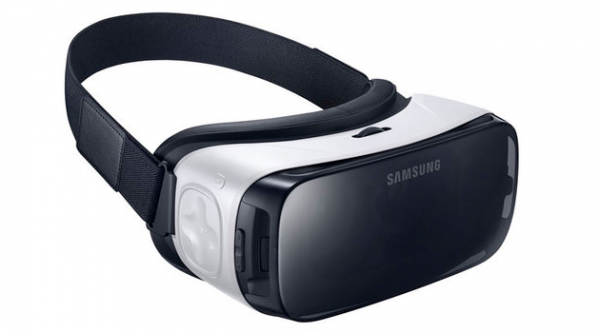This is an issue that has been picked up time and time again – the lack of positional tracking for the Samsung Gear VR virtual reality (VR) head-mounted display (HMD). Currently only able to pick up head movements whilst remaining stationary, the headset needs to overcome the major problem of motion sickness that is caused by visual movement while the user is not moving. John Carmack, CTO of Oculus VR, has hinted at the high priority of the issue and the continuous development of hardware.
The Oculus head of tech seems to be pushing improvements to the mobile-based HMD to the forefront, putting his other projects aside. Carmack replied to a tweet yesterday asking him about his prototyping environment made for the Gear VR, VrScript, saying: “I still think it is important, but with most of my time on position tracking for GearVR, I haven’t touched it in months.”
Previously, Oculus VR founder Palmer Luckey was very much certain that positional tracking would not be a feature for the consumer version, saying “inside-out tracking is not currently workable on mobile devices”. Positional tracking allows the user’s movements to be tracked which would allow for apps used on the HMD to recognise real time movements and motions, something that other HMDs utilise very well such as the HTC Vive. If Oculus VR is successful in accurately implementing positional tracking, the headset would absolutely be one of the more impressive and advanced ones considering its untethered, mobile state.
For the latest news and updates on the Samsung Gear VR stay with VRFocus.
-END-
The post Oculus CTO Puts Gear VR Positional Tracking Top of the List appeared first on VRFocus.















